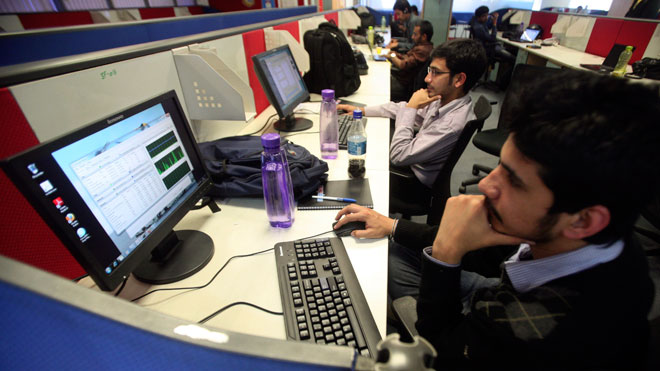Scientists must spearhead ethical use of big data

Most breakthrough technologies have dual uses. Think of atomic energy and the nuclear bomb or genetic engineering and biological weapons. This tension never gives way. Our only hope to overcoming it is to stop all research.
But that is unrealistic. Instead, the model we scientists follow is simple: We need to be transparent about the potential use and misuse of our trade. We publish our results, making them accessible to everyone. And when we do see the potential for abuse, we speak up, urging society to reach a consensus on how to keep the good but outlaw the bad.
As the NSA secretly developed its unparalleled surveillance program, relying on a mixture of tools rooted in computer and social sciences, this model failed. Scientists whose work fueled these advances failed to forcefully articulate the collateral dangers their tools pose. And a political leadership, intoxicated by the power of these tools, failed to keep their use within the strict limits of the Constitution.
It’s easy to see why this happened. After all, the benefits of Big Data and the science behind it are hard to overlook. Beyond the many digital applications that make our life increasingly easy today, data science holds promise for emergency response and for stopping the next virus from turning into a deadly pandemic. It also holds the key to our personal health, since our activity patterns and disease history are more predictive of our future disease than our genes.
For researchers involved in basic science, like myself, Big Data is the Holy Grail: It promises to unearth the mathematical laws that govern society at large. Motivated by this challenge, my lab has spent much of the past decade studying the activity patterns of millions of mobile phone consumers, relying on call patterns provided by mobile phone companies. This data was identical to what NSA muscled away from providers, except that ours was anonymized, processed to help research without harming the participants. In a series of research papers published in the journals Science and Nature, my team confirmed the promise of Big Data by quantifying the predictability of our daily patterns, the threat digital viruses pose to mobile phones and even the reaction people have when a bomb goes off beside them.
We also learned that when it comes to our behavior, we can’t use only two scales — one for good and the other for bad. Rather, our activity patterns are remarkably diverse: For any act labeled “unusual” or “anomalous,” such as calling people at odd hours or visiting sensitive locations outside our predictable daily routine, we will find millions of individuals who do just that as part of their normal routine. Hence identifying terrorist intent is more difficult than finding a needle in a haystack — it’s more like spotting a particular blade of hay. By ALBERT-LÁSZLÓ BARABÁSI | read more

























